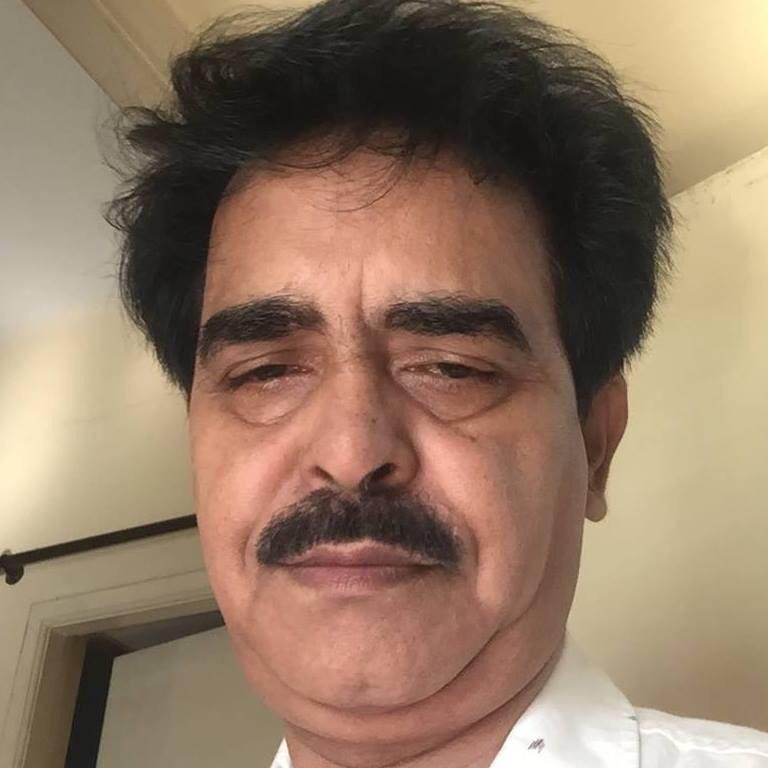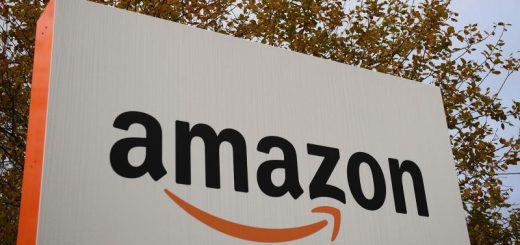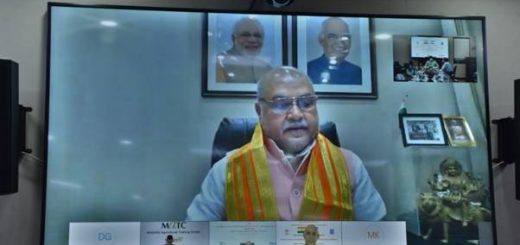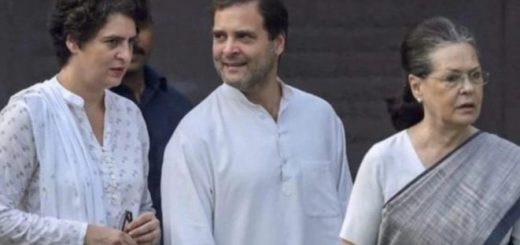ECONOMY SLOW & DOWN: It is time we spent our way out of trouble

KV Lakshmana, INN/New Delhi, @kvlakshman
can be contacted on [email protected]
On the political pitch, Modi-Shah combo has hit every opponent out of the ground for a six. Despite raging fire over CAA and a possible future nation-wide NRC after the NPR, the BJP powered by this duo seems miles ahead of the opposition. Potential polarisation this latest eruption of public anger could fetch the BJP dividends in future electoral battles.
Just like the stock market is booming even a day after Moody’s downgraded its growth assessment to below 5 percent, Modi-led BJP’s political fortunes seem immune to the shocks to the economy, which is stuttering into a severe slowdown and it is both slow and down at present. Losing a state government or two notwithstanding as state assembly polls are a different kettle of fish.
But on the economic pitch, the Modi government has run into problems, that include a few legacy issues.
On the ground, indicators show that the Indian economy’s growth engines have decelerated, proving the warnings of some well-meaning economists right. India’s GDP growth plummeted to 4.5 percent, the lowest in 26 quarters – and the break up is frightening. Manufacturing contracted, investments and exports fell, and more important, domestic demand contracted sharply, leading to all-round despair.
Unemployment is at a 45-year high and inflation is on the rise. The price rise has begun to bite the middle class, with onions crossing the Rs 100 per kg mark across India and vegetables and pulses also getting priced out of the common man’s platter.
After a spell of living in denial mode, the government finally acknowledged a slowdown in the economy.
India could very well miss the ambitious target of achieving $ 5 trillion economy by 2024 unless the government comes up with a credible revival plan and kickstart all the engines of growth — manufacturing, real estate, exports, agriculture, and services. India would need double-digit growth to achieve the target of $ 5 trillion economy, which going by the current rate of growth appear near impossible.
What the government will do to achieve this growth remains to be seen.
The government, on its part, is sure its steps to address the ills plaguing the economy will yield fruits sooner rather than later.
In fact, the worst is over, and things will begin to look up from the next quarter is the theme song of the defenders of the government as against the doomsday alarmists who declare the end of the India growth story.
Like in the past, the economy will bounce back as the fundamentals are strong. India’s foreign reserves are the highest ever, and the ease of doing business improved significantly and FDI flows are health, the government maintains. But, most of the indicators are pointing the wrong way.
Forced to admit slowdown, Union Finance Minister started a repair job, but the jury is out on her prescriptions — concessions to big industry to revive growth. Clearly this has so far failed as corporate tax cuts may yield results in the medium or long term.
Economists are alarmed that the government, late in admitting a crisis, was addressing it from the wrong end.
India is, for the first time, suffering from a demand contraction, and the downturn has been caused by a severe slump in demand for goods and services – as reflected in the falling car sales, sales of FMCGs, and even biscuits and underwears. People are postponing decisions to make investments in houses and vehicles and more ominous, the private sector is not investing. Banks are flush with funds but are vary of lending and appear to wait for the storm to pass.
There is a near consensus that the government ought to tackle the slowdown from the demand side – to take steps to increase demand – by undertaking substantial public investments in mega projects and strengthening welfare schemes lime MNAREGA and programmes aimed at the farming community.
Economists and finance professionals feel the government must put money in the hands of people, who, in turn, will revive demand in the economy.
“Always spend your way out of trouble,” said Ganapathi Ramachandran, president of the Chennai-based South Indian Chamber of Commerce and Industry (SICCI), the oldest trade and industry body in the country. Drawing from the teachings of John Maynard Keynes, the SICCI president said,”the government should spend its way out of trouble. We should stick to the old Keynesian formula when you want to ride out a recession. In the short run, it can push up inflation, but the RBI has handled the inflation very well by pegging the interest rates. So a quick burst of government spending in infrastructure is a way out. The banks are flush with money, and the credit offtake is very low. I think it is the right time for new projects in new geographies and perhaps new verticals, and the time for growth is long overdue, and perhaps this is one way of doing it, spend your way out of trouble, inflation can e tackled later.”
For the MSMEs, the non-banking financial companies are not lending any longer post the IL&FS, DHFL scandals.
Another important chamber official, representing the MSMEs across India echoed the sentiments of Mr. Ramachandran that government must initiate new projects, which will also enthuse private sector to cater to the new demand and thus begin a revival of economic activity in this sector that was hit first by demonetization and next by the GST. The industry officials are quick to add, that these may be good measures in the long run, but for the present, the GST rollout had created more problems than it has solved.
PHDCCI president DK Aggarwal said a string of measures taken by the government during the last few months would refuel the growth engine and growth will rebound in the next quarter. Reduction in corporate tax rates, a 2-year moratorium on spectrum-related dues, cabinet approval to Industrial Relations Code, and a special fund for stuck housing projects would enhance production possibility frontiers and generate employment opportunities in the economy in the coming quarter, Aggarwal said.
“The government should focus on demand boosting measures particularly in rural areas such as boosting the income of the farmers, promoting rural-based industries and more handholding to the MSMEs,” he said.
Former finance minister P Chidambaram in an exclusive interview to a private television channel, India Today TV, said that if the government wanted to resolve the economic crisis, it must address two critical issues – a demand crisis and a credit squeeze in the economy. “Demonetisation was a serious mistake. The design of the GST was a mistake, and the implementation was completely wrong. They gave extraordinary powers to tax and investigating agencies, and they have put fear in the minds of the investors by indulging in the retrospective taxation of humongous sums of money,” Chidambaram said. “The demand side needs attention first. The supply side will take care of itself, ” said Mr. Chidambaram.
“Put money in people’s pockets, by MGNAREGA, and other schemes that put money in the hands of the 20 percent of the poorest,” he said and added, “cut regressive taxes and do not cut progressive taxes.”
The government appeared to have considered all suggestions that came from economists, chamber officials, and inputs from different quarters and came out with a string of measures to revive demand. Finance minister Sitharaman declared at a media conclave on recently that the government was taking steps to improve consumption (demand) and put money in the hands of the consumer. The government will give a push to schemes like MGNREGA and PM Kisan to put money in the hands of the people, she said.
KV Lakshmana is a freelance journalist, earlier associated with reputed media organizations like PTI, The Hindu, Sunday Observer, and Hindustan Times.




